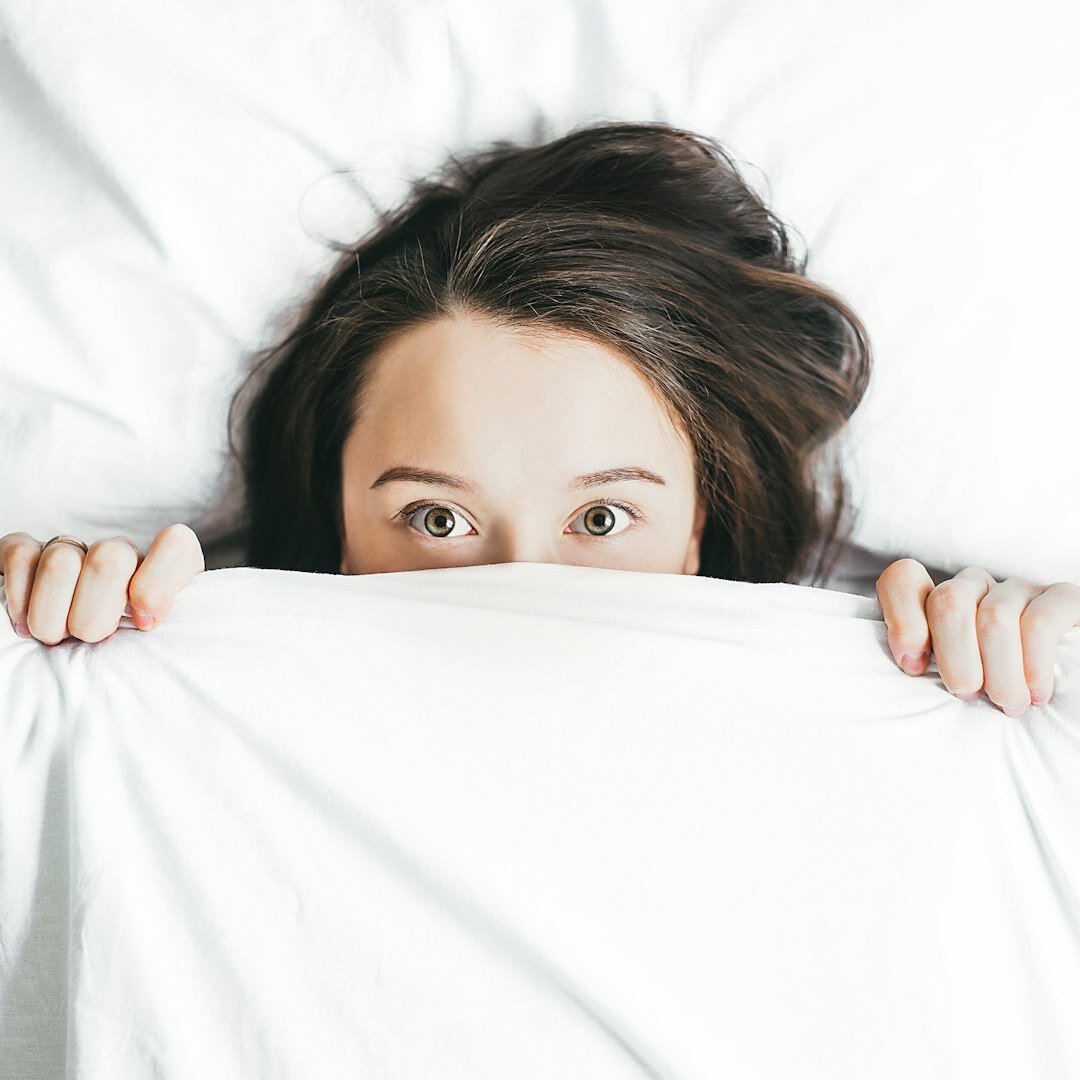
Sleep Apnea
Normal Airway
Obstructive Sleep Apnea
Muscles relax during sleep, blocking the airway.
Sleep apnea is a serious chronic medical condition. Obstructive sleep apnea (OSA) is the most common form of sleep apnea and that occurs when muscles relax during sleep, allowing soft tissue to partially or completely collapse and block the airway.¹ There are a few reasons why this may occur: 1) Your throat muscles become too relaxed to hold your airway open. 2) Your tongue falls back and blocks your airway. 3) Fatty tissue blocks your airway. 4) You have a narrow airway.²
When the airway collapses either partially or completely, breathing to slow down (hypopnea) or completely stop (apnea) for seconds to minutes at a time, multiple times a night, reducing oxygen supply to your body. Your heart pumps faster and blood pressure increases to compensate, your brain is alerted and your body responds by choking and gasping, and this disturbance results in fragmented, nonrestorative sleep.
Other types of sleep apnea include central sleep apnea (CSA) and mixed sleep apnea, whose causes differs.
In adults, sleep apnea may lead to sleep deprivation, cause excessive daytime drowsiness, morning headaches, jaw pain, mental illness and an inability to concentrate on everyday tasks. As many documented cases show, obstructive sleep apnea can be life threatening. Sleep related breathing disorders can lead to high blood pressure, heart or circulatory problems, stroke, diabetes, and even accidents from excessive daytime sleepiness.
Loud snoring
Choking, gasping for air,
wheezing and/or chest pain
Symptoms of Sleep Apnea in Adults
1-5
Daytime sleepiness
Decreased libido
Frequent visits to the bathroom
Memory, concentration and/or attention problems
Restless sleep and witnessed pauses in breathing
Waking up with a dry mouth and/or sore throat
Early morning headache
Jaw pain
Nighttime sweats
Diagnosis
Your medical provider or sleep physician will need to know your symptoms, and whether the symptoms are associated with weight gain. If possible, ask a partner, roommate or relative if they have ever heard you snore loudly or make choking noises in your sleep.¹
They will also try to determine if there is something else that is causing your sleep problems or making the symptoms worse, such as:
Another sleep disorder
A medical condition
Medication use
Substance abuse
A mental health disorder
After this, an objective evaluation of your sleep may be required before a diagnosis can be made. This may involve an overnight sleep lab study (polysomnography).
Treatment
Once you have been diagnosed with sleep apnea, your doctor will discuss your treatment options with you.
For obstructive sleep apnea, treatment options may include lifestyle changes, weight management, positional therapy, continuous positive airway pressure (CPAP) therapy, oral appliance therapy (OAT), medications to improve daytime alertness, surgery¹, and myofunctional therapy ⁶.
I think I might have sleep apnea!
What do I do?
If you suspect that you or your partner has sleep apnea, contact your family doctor or primary care physician, discuss your symptoms with them,
and they can refer you to the Sleep and Alertness Clinic. They can access our referral form here.












